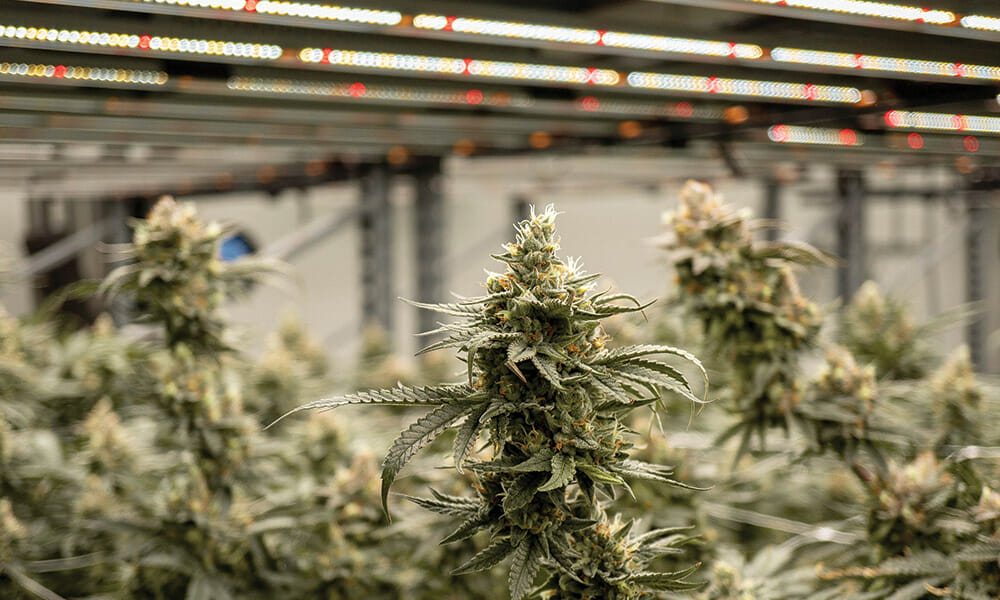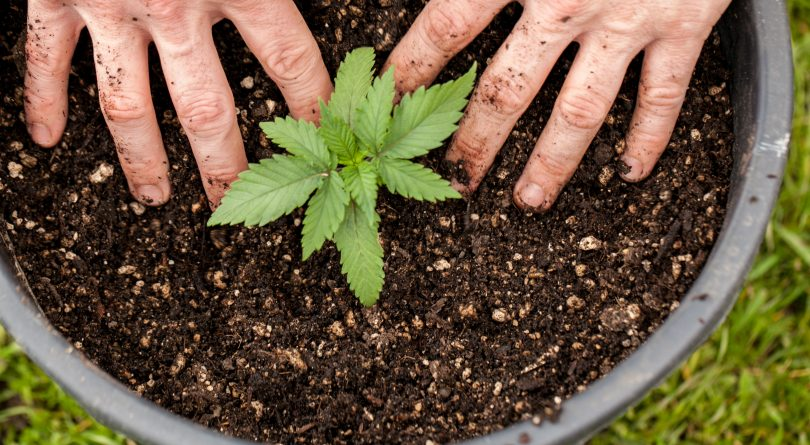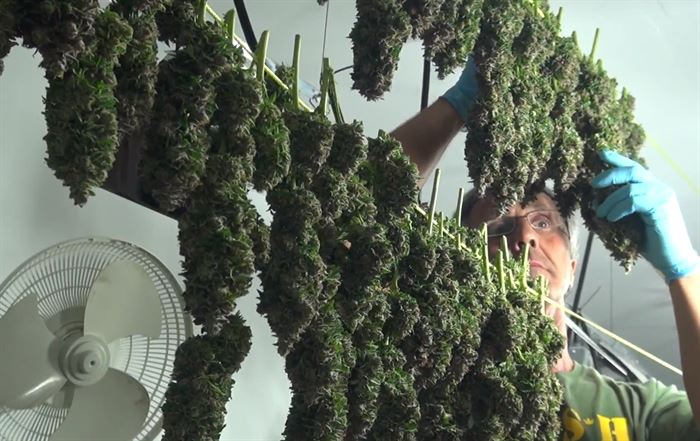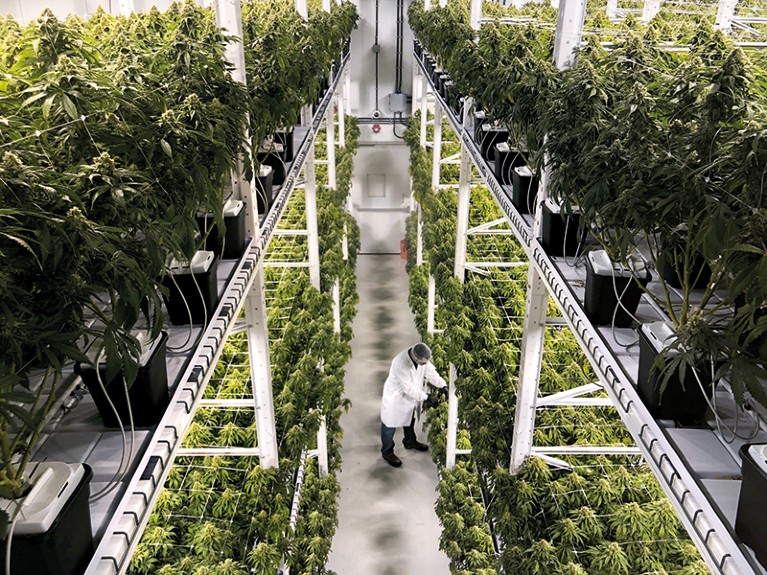Cannabis
The Science Behind Cannabis Cultivation
Cannabis cultivation is a complex process that requires a deep understanding of the plant’s biology and environmental factors. Whether you’re a seasoned grower or a beginner, it’s essential to have a solid foundation of knowledge and skills to achieve optimal yield.
This article will provide you with valuable tips and tricks for cannabis cultivation to help you achieve the best possible results. From understanding the growing stages of cannabis plants to advanced techniques for cultivation, we’ll cover everything you need to know to grow healthy, high-yielding cannabis plants.
Introduction to Cannabis Cultivation
Cannabis cultivation involves growing the plant from seed or clone to maturity. Generally, the process includes various stages, including germination, vegetative growth, flowering, and harvesting. Each stage requires specific conditions to ensure optimal growth and yield.
Cannabis plants can be grown indoors or outdoors, depending on your location and personal preferences. Indoor cultivation allows for greater control over environmental factors such as temperature, humidity, and light, while outdoor cultivation relies on natural sunlight and weather conditions.
Regardless of your growing environment, successful cannabis cultivation requires careful planning, attention to detail, and ongoing maintenance.
The Basics of Cannabis Cultivation
Before diving into the specifics of cannabis cultivation, it’s essential to understand the plant’s basic biology. Cannabis is a dioecious plant, meaning it has separate male and female plants. Secondly female plant produces the resinous flowers that are harvested for their psychoactive and medicinal properties.
Cannabis plants are photoperiodic, meaning they require specific light cycles to initiate the flowering stage. The vegetative stage requires 18-24 hours of light per day, while the flowering stage requires 12 hours of light and 12 hours of darkness.
Cannabis plants also require specific nutrient ratios, including nitrogen, phosphorus, and potassium, as well as essential trace elements such as calcium, magnesium, and sulfur.

Understanding the Growing Stages of Cannabis Plants
Cannabis plants go through several growing stages, each with specific environmental requirements. Understanding these stages is crucial for maximizing yield and quality.
However, the germination stage involves sprouting the seed and establishing the root system. This stage requires warm, moist soil and low light levels.
Furthermore, vegetative stage involves the plant’s rapid growth and development of leaves, stems, and branches. This stage requires high levels of light, nutrients, and proper humidity levels.
While, the flowering stage involves the development of the plant’s resinous buds. This stage requires specific light cycles and nutrient ratios to ensure optimal flowering and resin production.
Therefore, the harvesting stage involves harvesting the mature buds and drying and curing them to preserve their quality and potency.
Factors That Affect Cannabis Cultivation
Cannabis cultivation is a delicate balance between environmental factors such as light, temperature, humidity, and nutrient levels. Understanding these factors and how they affect plant growth is essential for maximizing yield and quality.
Undoubtedly, light is one of the most critical factors in cannabis cultivation. The plant requires specific light cycles for each stage of growth, and the quality and intensity of the light can affect yield and potency.
Another key point, Temperature and humidity levels also play a significant role in cannabis cultivation. High temperatures and low humidity levels can cause stress and stunted growth, while low temperatures and high humidity levels can lead to mold and other issues.
As well as, nutrient levels and ratios are also crucial for optimal cannabis cultivation. Too much or too little of specific nutrients can affect plant growth and yield.
Tips and Tricks for Optimal Cannabis Yield
To achieve optimal yield and quality, cannabis growers must follow specific best practices and techniques. Here are some tips and tricks for maximizing your cannabis yield:
- Use high-quality seeds or clones from a reputable source.
- Maintain proper environmental conditions, including temperature, humidity, and light cycles.
- Monitor nutrient levels and ratios and adjust as needed.
- Train and prune plants to promote even growth and maximize light exposure.
- Use organic fertilizers and pest control methods to avoid chemical residues.
- Regularly inspect plants for signs of stress, disease, or pests.
- Use proper harvesting and drying techniques to preserve the plant’s quality and potency.
By following these tips and tricks, you can achieve optimal yield and quality while minimizing the risk of issues such as pests, mold, and other plant diseases.

Common Mistakes to Avoid When Cultivating Cannabis
Even experienced growers can make mistakes when it comes to cannabis cultivation. Here are some common mistakes to avoid to ensure successful cultivation:
- Overwatering or underwatering plants, leading to stress and stunted growth.
- Overfeeding or underfeeding plants, leading to nutrient imbalances and poor growth.
- Not providing proper air circulation, leading to mold and other issues.
- Using low-quality seeds or clones, leading to poor growth and yield.
- Not monitoring environmental conditions, leading to stress and poor growth.
- Harvesting too early or too late, leading to poor quality and potency.
Overall, by avoiding these common mistakes, you can ensure successful cannabis cultivation and achieve optimal yield and quality.
Tools and Equipment Needed for Cannabis Cultivation
Cannabis cultivation requires specific tools and equipment to ensure success. Here are some essential tools and equipment for cannabis cultivation:
- Grow lights to provide specific light cycles for each stage of growth.
- Fans and ventilation systems to provide proper air circulation and humidity levels.
- pH and nutrient meters to monitor nutrient levels and ratios.
- Fertilizers and pest control products to promote healthy growth and prevent issues.
- Pruning shears and training tools to promote even growth and maximize light exposure.
- Drying racks and curing jars to preserve the plant’s quality and potency.
Therefore, By investing in high-quality tools and equipment, you can ensure successful cannabis cultivation and achieve optimal yield and quality.
Advanced Techniques for Cannabis Cultivation
For experienced growers looking to take their cannabis cultivation to the next level, several advanced techniques can help maximize yield and quality. These techniques include:
- Hydroponic or aeroponic growing systems that provide optimal nutrient delivery and root oxygenation.
- CO2 supplementation to promote photosynthesis and increase yield.
- ScrOG (Screen of Green) or SOG (Sea of Green) techniques to maximize light exposure and yield.
- Defoliation techniques to remove excess foliage and promote even growth.
- Supercropping techniques to promote lateral growth and increase yield.
By incorporating these advanced techniques into your cannabis cultivation practices, you can achieve even higher yields and quality.

Conclusion
In conclusion, Cannabis cultivation is a complex and challenging process that requires careful attention to detail and ongoing maintenance. By following the tips and tricks outlined in this article and continuously improving your practices, you can achieve optimal yield and quality while minimizing the risk of issues such as pests, mold, and other plant diseases.
Finally, remember to invest in high-quality tools and equipment, monitor environmental conditions and nutrient levels, and avoid common mistakes to ensure successful cannabis cultivation. With dedication, patience, and a passion for the plant, you can become a master cannabis cultivator and achieve the best possible results.

